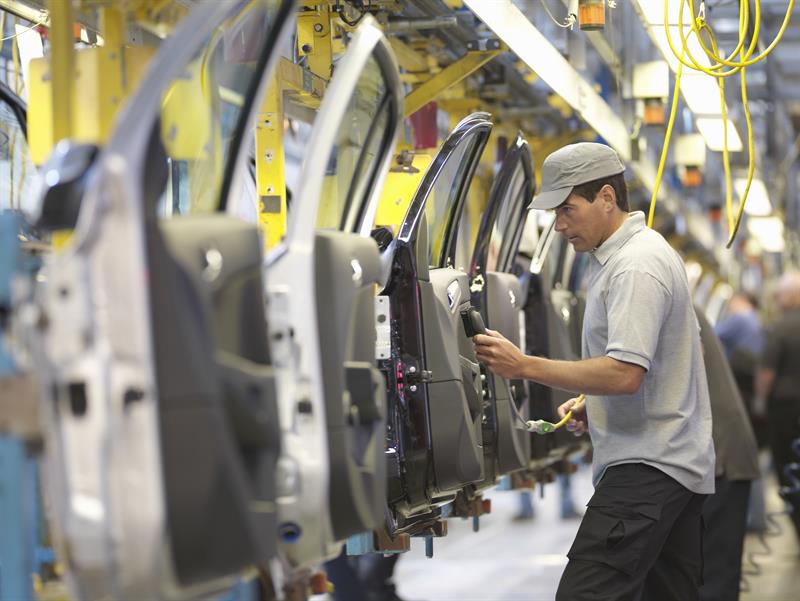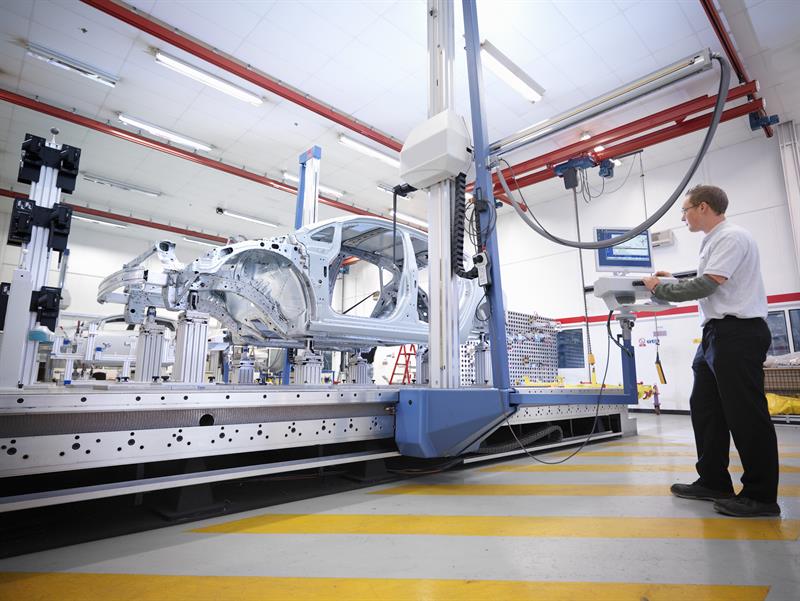Lightweighting underpins nearly everything that automotive companies are trying to achieve. Stripping weight helps improve power to weight ratio and allows extra features such as enhanced cabin protection or more extensive control systems to be introduced without affecting fuel efficiency.
“Design engineers can select from a wide range of materials, encompassing advanced metals, engineering plastics and composites,” says Antonio Pagliuca, senior technical specialist adhesives for 3M’s Automotive and Aerospace Division. “The trick is to select exactly the right material for each application.”
One way to do this, Pagliuca continues, is to create hybrid structures, where components made from different materials are combined into a single product. For example, a front-end module, which incorporates components made from several different materials.
While this approach maximises the inherent advantage of each material, there is still a challenge to overcome: how to fix them together without affecting structural integrity or the characteristics of each material. Historically, this has been done with rivets and fasteners, but is increasingly being achieved using structural adhesives.
“According to a study in 2017 from the Center for Automotive Research (CAR) in the USA, the use of mild steel for body in white will plummet from 55% today to just 5% in 2040, as it is replaced by stronger, lower-density materials such as aluminium and polymer composites,” says Pagliuca. “Such mixed material designs are increasingly held together with adhesives: research from CAR reveals that some vehicle models use more than 10 times more adhesive than they did in 2001, due largely to the use of mixed materials. According to CAR, adhesives will become the dominant form of joining by 2030.”

Image credit: Getty Images, supplied by 4CM
Pagliuca claims that the use of adhesive-bonded mixed materials can make a double contribution to lightweighting: modern advanced materials such as composites have lower densities than those they are replacing (such as mild steel), while the preferred method of joining them (adhesive bonding) removes the need for bolts and rivets – further cutting body weight.
“Using structural adhesives also overcomes some of the potential downsides of combining mixed materials – such as preventing galvanic corrosion between dissimilar metals,” he adds. “At the same time, the cleaner look of bonded joints (compared with mechanical fasteners) creates better looking, more efficient product builds without the need for extra finishing work, so streamlining production.”
Adhesive advantages
As the automotive industry uses more and more mixed materials, adhesives will continue to grow in importance, and the increasing popularity of polymer composites exemplifies their advantage.
It is possible to join polymer composites to other materials using traditional mechanical attachments such as clips and screws. However, it requires an extra step to mould or create features for the attachment, which can create stress concentrations, leading to cracking and premature failure. Drilling holes in composite materials will reduce strength by introducing discontinuities into the matrix and reinforcing fibres. To add to this, any mechanical attachment method will add weight to the structure. Non-mechanical techniques such as heat and friction welding can be used for some composites, but these are energy- and tooling-intensive and have limitations in the possible geometries and substrate combinations.
Just as there are many different types of polymer, so there is a wide variety of adhesives, such as epoxies, acrylics, and urethanes, that allow design engineers to create products that meet structural integrity requirements. These structural adhesives work with multiple substrates, including plastics, metals and composites, without losing performance properties. Even low surface energy plastics such as polypropylene and polyethylene, which are difficult to join, can be bonded with the latest generation of speciality structural adhesives.

Image credit: Getty Images, supplied by 4CM
As well as forming strong bonds, structural adhesives can lower overall costs, increase product durability and make a significant contribution to lightweighting. Durability is improved because adhesives distribute stress across the bonded area, while fasteners, rivets and spot welding can create stress concentrations – leading to weak points across the substrates. Adhesives also seal the entire bonding area while providing a high strength joint.
Good examples
A few examples of where structural adhesives have successfully improved design and manufacture in the automotive sector show the range of potential applications.
In one example, a manufacturer used adhesive bonding to attach Acrylonitrile Butadiene Styrene (ABS) inserts to a glass-filled polypropylene bumper. It was the only way to provide good adhesion and a permanent structural bond to both surfaces without pre-treatment that also maintained the required surface appearance. Similarly, adhesive bonding is routinely used to attach interior trim panels such as bonding a large thermoplastic bulk head to an external aluminium frame.
And it’s not just for mass-produced cars. Speciality vehicles such as buses and coaches can also benefit: In one case, a polyurethane adhesive sealant was used to bond a glass-reinforced plastic side panel to a coated steel frame. The adhesive withstood the loads applied to the panel during use and allowed for the necessary movement created by the vibrations and differential thermal expansion.
“Many designers may feel that a line of adhesive can never be as effective as a line of rivets,” says Pagliuca. “However, many tests and practical examples show that adhesive bonding can outperform mechanical fastening techniques: As well as cutting part count and component weight, adhesives can seal gaps, reduce internal vehicle noise and act as the best interface between a wide range of dissimilar materials.”





